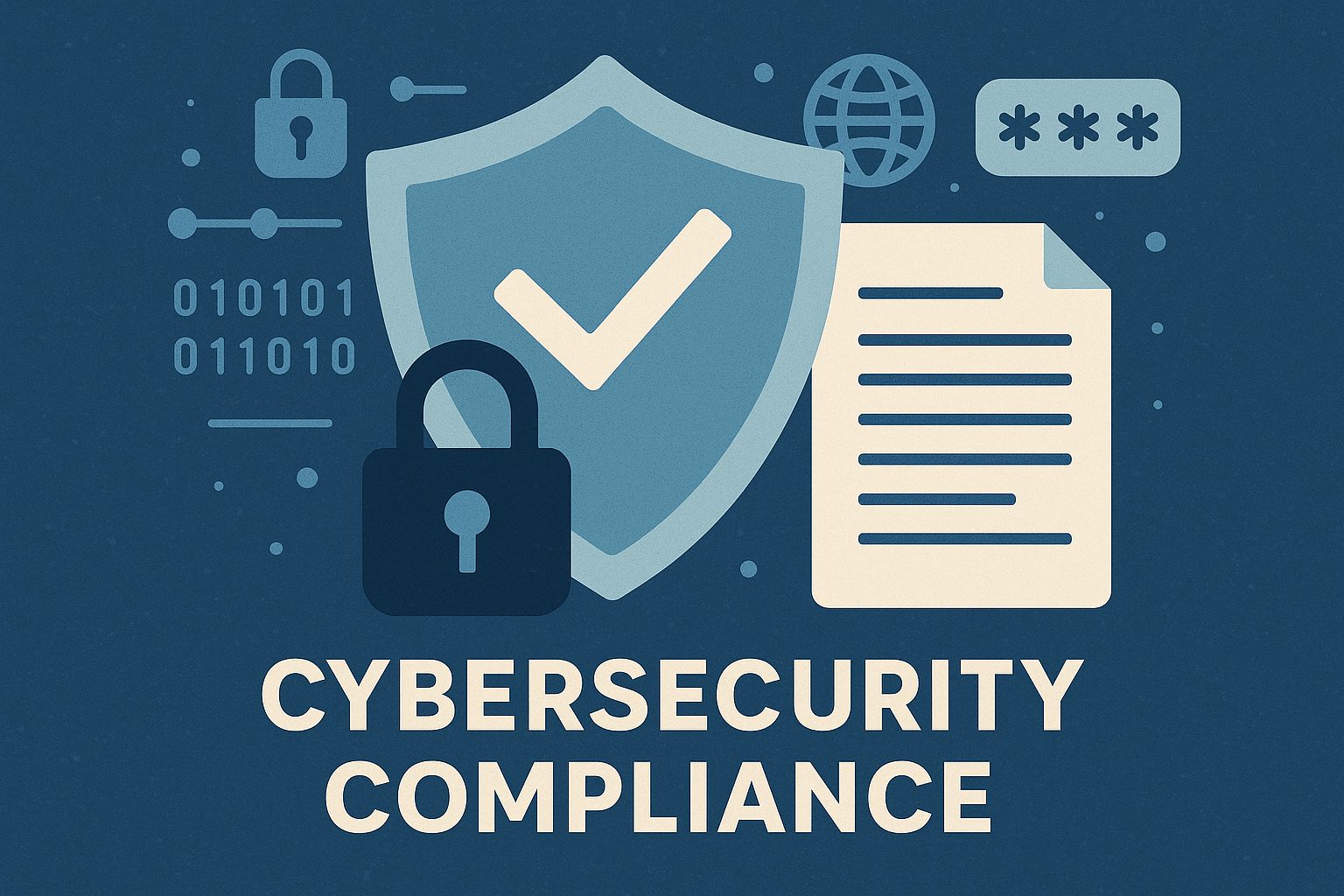
As financial institutions and digital service providers move deeper into a data-driven economy, compliance with the Digital Operational Resilience Act (DORA) becomes more critical than ever. Coming into force in January 2025, DORA is a key regulation that aims to strengthen the digital resilience of financial organizations within the European Union. It ensures that businesses are prepared to handle IT disruptions, cyber incidents, and operational risks effectively. For any business involved in financial services or supporting critical IT infrastructure, understanding and implementing DORA compliance is not optional—it’s an essential part of staying competitive and trustworthy in an evolving regulatory landscape.
Understanding DORA Compliance Requirements 2025
DORA is designed to unify and strengthen existing regulatory frameworks related to information and communications technology (ICT) across the EU financial sector. It applies to banks, insurance firms, investment companies, and also third-party ICT providers supporting them. The regulation demands that organizations establish comprehensive frameworks for incident detection, risk management, reporting, and business continuity. DORA’s reach extends beyond cybersecurity—it targets the entire spectrum of digital operations.
The regulation sets out five main pillars: ICT risk management, incident reporting, operational resilience testing, third-party risk management, and information sharing. Each element supports a proactive approach to reducing vulnerability and boosting trust. Companies must adopt comprehensive ICT governance and ensure that digital systems are resilient enough to handle large-scale disruptions.
Equally important, DORA brings accountability to top management. Decision-makers are now directly responsible for implementing sound ICT governance. This means executives must understand technical and operational risks at a deeper level, making compliance not just an IT issue—but a business-wide commitment.
Key Steps to Build a Strong DORA Strategy
Building an effective DORA compliance strategy begins with conducting a gap analysis. Organizations should assess their current operational resilience, internal controls, and ICT frameworks against DORA’s requirements. This initial audit will help identify weak areas needing improvement, whether in cybersecurity, data recovery processes, or third-party oversight.
Next, organizations should tailor an Internal Governance Framework that aligns operational and security practices with DORA standards. Assigning clear roles and responsibilities, ensuring transparency, and integrating DORA compliance into daily operations are key components. It’s also essential to document policies for how the company will detect, handle, and report ICT incidents.
Finally, collaboration is critical when building resilience. Partnering with specialized cybersecurity and compliance experts can improve understanding of specific regulatory expectations. Training employees and engaging management boards in risk awareness further ensures that everyone in the organization understands how their role contributes to DORA goals.
Cybersecurity Best Practices for DORA Readiness
Cyber resilience lies at the heart of DORA compliance. To prepare, businesses should adopt a layered cybersecurity approach that includes real-time monitoring, intrusion detection, and incident response planning. Continuous vulnerability scanning and penetration testing can reveal unseen weaknesses before attackers exploit them.
Strong access management and network segmentation are vital to protect sensitive systems. Using principles like zero trust architecture ensures that even if one part of the network is compromised, the impact is minimized. Organizations should also implement multifactor authentication and enforce strict data encryption standards to secure workflows and communications.
Reporting and testing are key DORA elements. Regular cyber drills, analytics-based monitoring, and endpoint protection help anticipate threats. Continuous improvement in these areas demonstrates operational maturity, which not only supports regulatory compliance but also helps build customer confidence.
How to Ensure Continuous DORA Compliance Success
After achieving initial compliance, maintaining it is an ongoing process. Organizations should implement continuous monitoring systems to track ICT risks, third-party dependencies, and operational performance. Automated compliance tools can simplify tracking and reporting, helping teams stay aligned with DORA’s evolving requirements.
Regular audits ensure the company remains compliant even as technologies and risks evolve. Businesses should establish clear review schedules, updating their ICT governance documents and testing protocols routinely. Keeping communication open between compliance, IT, and leadership teams ensures that lessons learned from incidents or simulations are translated into process improvements.
Furthermore, fostering a culture of resilience is essential. Employees at every level should understand not only compliance requirements but also their role in operational security. By embedding resilience into daily operations and strategic planning, businesses can transform compliance from a regulatory burden into a competitive advantage.
Common Question: How can small businesses handle DORA compliance in 2025?
Small and medium-sized enterprises (SMEs) can start by focusing on the fundamentals—risk assessment, cyber hygiene, and strong vendor management. Partnering with third-party DORA consultants and using managed security services can make compliance more affordable and manageable. Even small steps toward resilience can significantly reduce exposure to cyber threats.
DORA compliance in 2025 is not just another regulation—it represents a comprehensive shift toward digital operational resilience across Europe’s financial sector. By understanding its requirements, building a strong strategy, implementing best security practices, and committing to continuous improvement, businesses can safeguard their operations and reputation. Those who view DORA readiness as an opportunity rather than a challenge will not only meet compliance duties but also strengthen their ability to thrive in a rapidly evolving digital landscape.

Leave a Reply